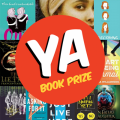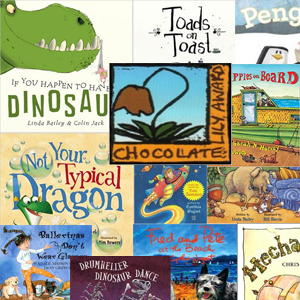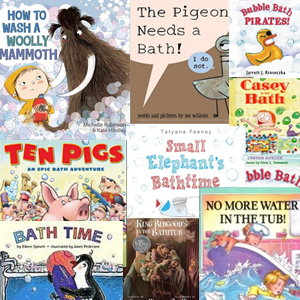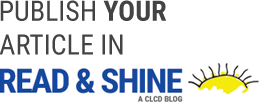Thematic Reading List: Resource Books to Use Across School Curriculums
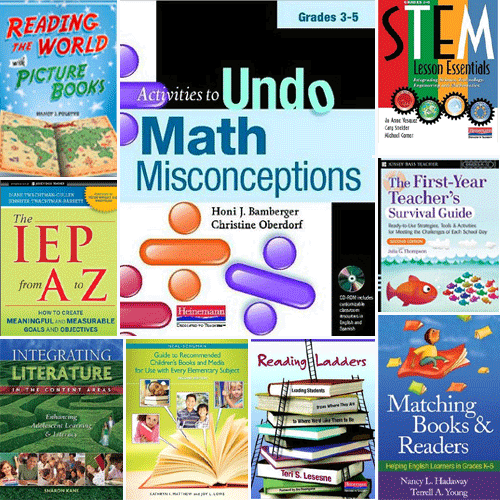
Each year teachers are expected to create new lessons and class activities to meet a variety of standards and learning styles. One way librarians can help teachers is to provide a wide range of curriculum/teacher resource books in the school’s library. Here are 10 of our favorites.
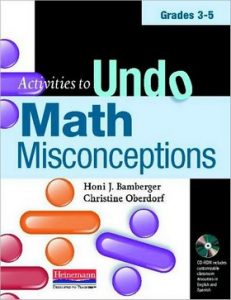 |
Activities to Undo Math Misconceptions: grades 3-5 By: Honi Joyce Bamberger and Christine Oberdorf An “out-of-the-box” activity book that describes common conceptual mistakes made by students and offers a series of strategies and exercises to encourage alternative ways of thinking about and analyzing the concepts and misconceptions presented. Topics include, but are not limited to, basic operations, algebra, geometry, measurement, patterns, and problem solving. A CD that includes additional techniques and exercises is provided with the book. The content and materials make the book appropriate for all types of learners, particularly because it encourages students to see mathematics from different perspectives. |
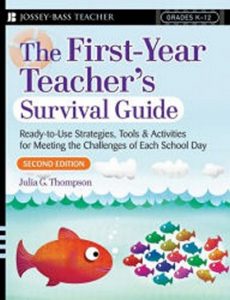 |
The First-year Teacher’s Survival Guide: ready-to-use strategies, tools & activities for meeting the challenges of each school day By: Julia G. Thompson This award-winning book gives beginning educators everything they need to survive and thrive in the classroom. The third edition covers new material including working as a part of a professional learning community (PLC), teaching media literacy and social responsibility, incorporating Common Core State Standards, handling “homework push-back” from parents, changes in classroom technology, techniques for motivating students, seeking feedback, and much more. A fully revised edition of a trusted resource, offering solutions to challenges and typical scenarios encountered by new teachers. |
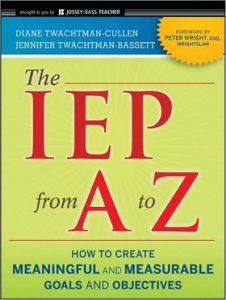 |
The IEP from A to Z: how to create meaningful and measurable goals and objectives By: Diane Twachtman-Cullen and Jennifer Twachtman-Bassett The IEP From A to Z is a step-by-step guide to help educators, parents, and clinicians get the right education plan in place for students with Autism/Asperger’s, ADHD, Emotional/Behavioral Disturbance, and related conditions. The book is split into two parts. Part I provides a brief overview of special education law and outlines the crucial building blocks of IEP development: Present Levels of Performance (PLPs); Underlying Conditions; Methodology; Criteria for Performance/Prompt Levels; Generalization; Goals/Objectives; Evaluation/Data Collection; and an IEP “potpourri” (Least Restrictive Environment, Accommodations, Modifications). Part II presents a collection of helpful sample IEPs so that readers can see how the specifications outlined in Part I lead to comprehensive, clearly defined IEP goals and objectives. |
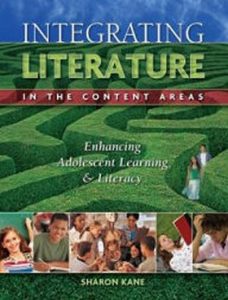 |
Integrating Literacy in the Content Areas: enhancing adolescent learning & literacy By: Sharon Kaney Packed with suggestions and resources for every teacher, this curriculum treasure chest illustrates how to integrate young adult literature so that students learn content, improve literacy, and enjoy reading–for life. The first two parts of each genre chapter present a rationale, specific lesson plans, and walk-throughs that illustrate hands-on implementation. Creative suggestions for discussion, study, research, and cooperative learning range from double-entry journals and graphic organizers to scrapbooking. The third section focuses on outstanding authors and includes a full bibliography of the author’s works and websites. Part four annotates books, tagged for age level, with booktalks targeted primarily to teachers and organized by content areas: Art; English/Language Arts; Languages and Cultures; Math and Technology; Music; Physical Education, Health, and Wellness; Science; Social Studies/History. |
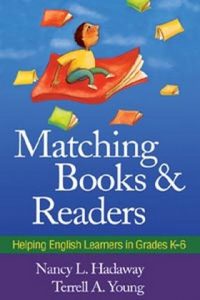 |
Matching Books & Readers: helping English learners in grades K-6 By: Nancy L. Hadaway and Terrell A. Young Providing practical guidance and resources, this book helps teachers harness the power of children’s literature for developing ELLs’ literacy skills and language proficiency. The authors show how carefully selected fiction, nonfiction, and poetry can support students’ learning across the curriculum. Criteria and guiding questions are presented for matching books and readers based on text features, literacy and language proficiency, and student background knowledge and interests. |
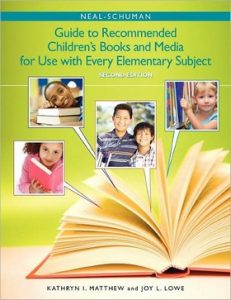 |
Neal-Schuman Guide to Recommended Children’s Books and Media for Use with Every Elementary Subject By: Kathryn I. Matthew and Joy L. Lowe This resource recommends books, videos, CD-ROMs, and other materials to infuse literature into skills-based science, art, health, math, music, language arts, sports, and social studies curricula. The materials are listed by subject and specific topics and reflect national curriculum standards in each major subject area. Techniques for bringing reading, writing, and discussion to class work in each subject are discussed. |
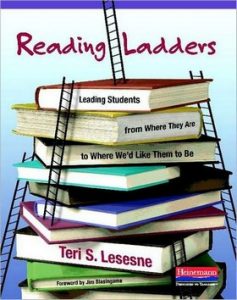 |
Reading Ladders: leading students from where they are to where we’d like them to be By: Teri S. Lesesne This resource helps teachers and librarians guide students to books along a continuum that will encourage them to tackle more challenging and complex reading material. Book variables such as title, cover, form, and genre can be used to guide students to the next right book for them. A reading ladder is a series or set of books that are related in some way (e.g., thematically) and that demonstrate a slow, gradual development from simple to complex. The author’s discussion of assessment gives many ideas for activities that will show how students have learned from their reading. |
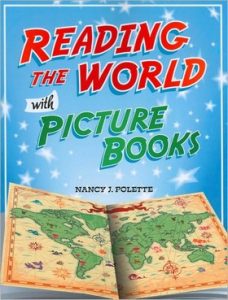 |
Reading the World with Picture Books By: Nancy Polette Take your students on a trip around the world through picture books and encourage higher-level thinking with standards-based activities. This comprehensive resource begins with selected national standards in language arts and social studies. The related, reproducible lesson plans for each country always include the learning standard and ideas for many activities including games, poetry, creative writing, research questions, discussion questions, and more. For grades 1 through 5. |
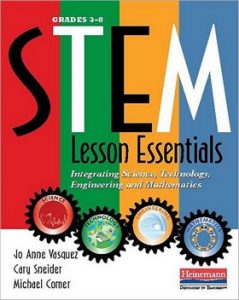 |
STEM Lesson Essentials, Grades 3-8: integrating science, technology, engineering, and mathematics By: Jo Anne Vasquez This is not only a how-to guide to STEM implementation, it is also an instructional guide to best practices. It equally divides STEM ideas between a self-contained classroom and a middle school disciplinary one and allows the teacher of grades 3 through 8 to see what a STEM classroom looks like through powerful examples. |
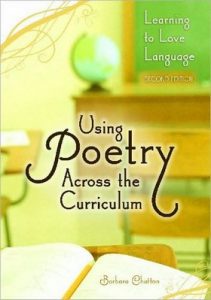 |
Using Poetry Across the Curriculum: learning to love language By: Barbara Chatton Contains lists of poetry anthologies, poetic picture books, and poetic prose works for use in teaching language arts, science, mathematics, social studies, fine arts and physical education. For librarians and teachers in elementary and middle schools. |
